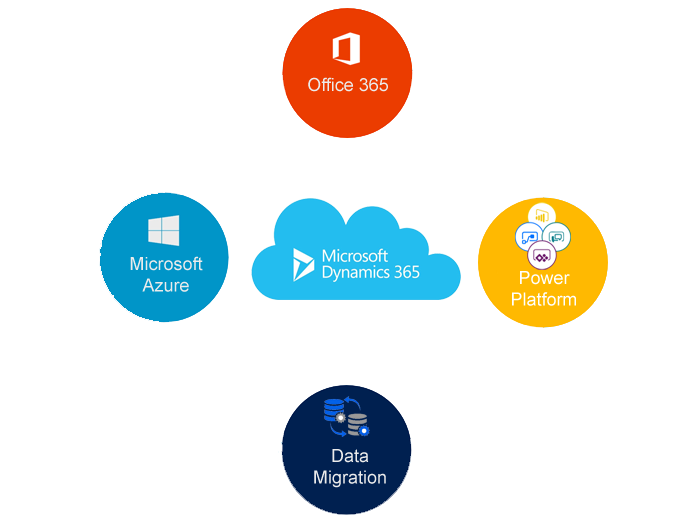Exception Handling abuse
Exceptions are unforseen errors that occur when a program is running. For example, when an application is executing a query, the database connection is lost, Exception is generally used to handle scenarios.
Using exception handling to implement program logical flow is bad and is termed as exception handling abuse.
————————————————————————————————————————
using System;
using System.IO;
namespace ConsoleApplication4
{
class Program
{
public static void Main()
{
try
{
Console.WriteLine(“Please enter Numarator”);
int Numarator = Convert.ToInt32(Console.ReadLine());
Console.WriteLine(“Please enter Denaminator”);
int Denaminator = Convert.ToInt32(Console.ReadLine());
int Result = Numarator / Denaminator;
Console.WriteLine(“Result = {0}”, Result);
Console.ReadLine();
}
catch(FormatException)
{
Console.WriteLine(“Please enter valid number “);
Console.ReadLine();
}
catch(OverflowException)
{
Console.WriteLine(“Only numbers beteen {0} && {1}”, Int32.MinValue, Int32.MaxValue);
Console.ReadLine();
}
catch(DivideByZeroException)
{
Console.WriteLine(“Denominator cannot be Zero”);
}
catch (Exception ex)
{
Console.WriteLine(ex.Message);
}
}
}
}
=======================================================================
EXCEPTION HANDLING ABUSE RESOLVED..
CORRECT WAY TO USE EXCEPTION HANDLING AFTER VALIDATION
using System;
using System.IO;
namespace ConsoleApplication4
{
class Program
{
public static void Main()
{
try
{
Console.WriteLine(“Please enter Numarator”);
int Numarator;
bool IsNumaratorConversionSuccessful = Int32.TryParse((Console.ReadLine()), out Numarator);
if (IsNumaratorConversionSuccessful)
{
Console.WriteLine(“Please enter Denominator”);
int Denominator;
bool IsDenominatorConversionSuccessful = Int32.TryParse((Console.ReadLine()), out Denominator);
if (IsDenominatorConversionSuccessful && Denominator != 0)
{
int Result = Numarator / Denominator;
Console.WriteLine(“Result = {0}”, Result);
Console.ReadLine();
}
else
{
if (Denominator == 0)
{
Console.WriteLine(“Denominator cannot be Zero”);
Console.ReadLine();
}
else
{
Console.WriteLine(“Denominator should be valid number between {0} && {1}”, Int32.MinValue, Int32.MaxValue);
Console.ReadLine();
}
}
}
else
{
Console.WriteLine(“Numarator should be valid number between {0} && {1}”, Int32.MinValue, Int32.MaxValue);
Console.ReadLine();
}
}
catch (Exception ex)
{
Console.WriteLine(ex.Message);
Console.ReadLine();
}
}
}
}



